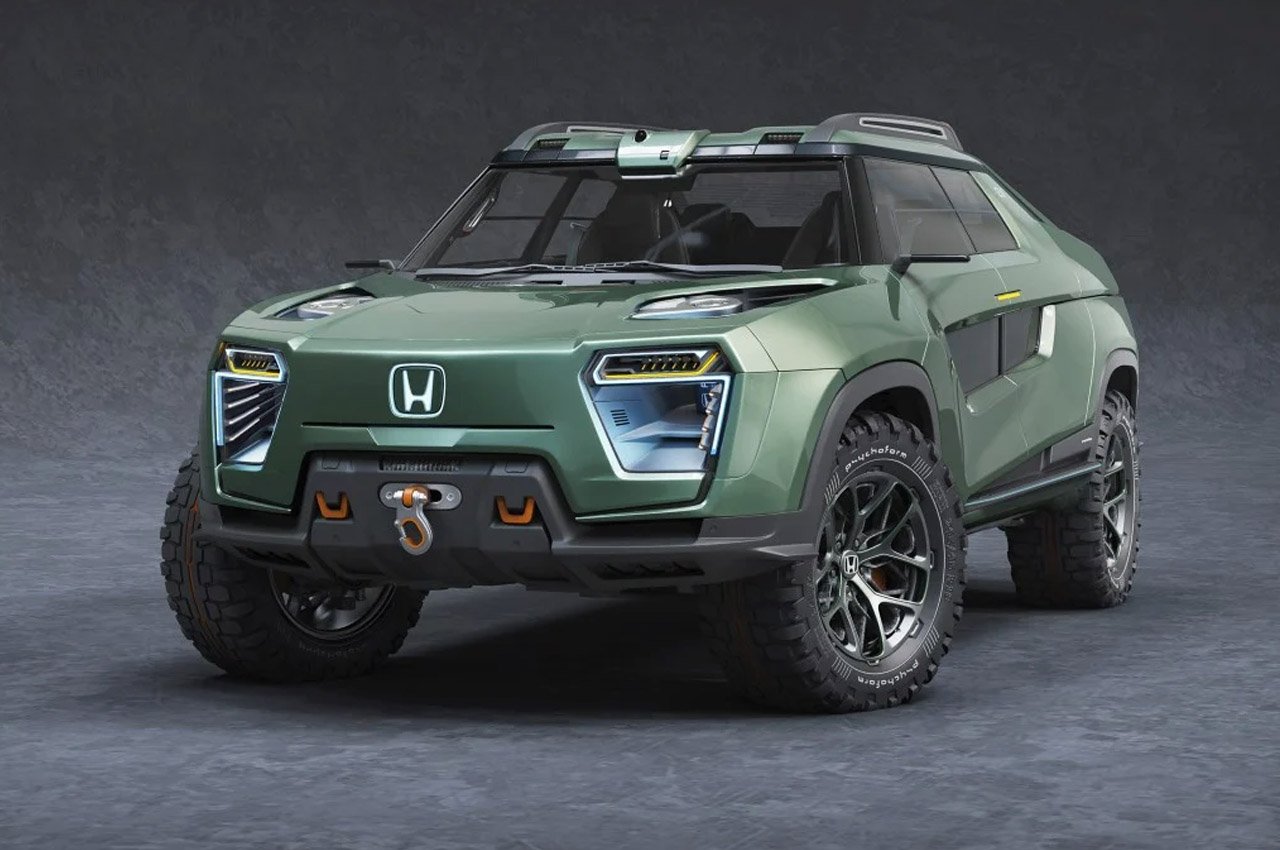The automotive industry is undergoing a transformative period, driven by advancements in technology, changing consumer preferences, and a growing emphasis on sustainability. Here’s a detailed look at the trends and predictions shaping the future of car design.
1. Electrification
Trend: Electric Vehicles (EVs)
- Rise of EVs: With growing concerns about climate change and stringent emission regulations, automakers are increasingly focusing on electric vehicles. EVs are expected to dominate future car design due to their environmental benefits and advancements in battery technology.
- Design Implications: EVs offer more design flexibility as they don’t require traditional internal combustion engine components. This allows for innovative layouts, such as larger interiors and unique exterior shapes.
Prediction: Integration of Renewable Energy
- Solar-Powered Cars: The integration of solar panels into car roofs and other surfaces to extend driving range and support auxiliary functions is expected to become more common.
- Energy Efficiency: Future designs will prioritize aerodynamics and lightweight materials to enhance energy efficiency and maximize the range of EVs.
2. Autonomous Driving
Trend: Autonomous Vehicles (AVs)
- Development of AVs: Advances in AI and sensor technology are accelerating the development of autonomous vehicles. AVs are poised to revolutionize transportation by reducing accidents and improving traffic efficiency.
- Design Implications: Without the need for a human driver, car interiors can be reimagined to focus on passenger comfort and productivity. Expect to see designs with configurable seating arrangements, larger displays, and advanced infotainment systems.
Prediction: Human-Centric Interiors
- Living Room on Wheels: Car interiors will become more like living spaces, with comfortable seating, entertainment options, and connectivity features. This shift will cater to both personal use and shared mobility services.
- Advanced Materials: The use of smart materials that can adapt to different uses, such as seats that change shape or surfaces that serve multiple functions, will become prevalent.
3. Connectivity and Digitalization
Trend: Connected Cars
- IoT Integration: Cars are becoming increasingly connected through the Internet of Things (IoT), allowing for real-time communication with other vehicles, infrastructure, and smart devices.
- Design Implications: Enhanced connectivity will lead to the incorporation of more digital interfaces and fewer physical controls, creating cleaner and more intuitive dashboards.
Prediction: Seamless Integration with Digital Ecosystems
- Digital Cockpits: The cockpit of the future will feature large, customizable touchscreens and heads-up displays (HUDs) that provide critical information while minimizing driver distraction.
- Personalization: AI-driven personalization will tailor the driving experience to individual preferences, from seat settings and climate control to entertainment and navigation.
4. Sustainability
Trend: Sustainable Materials
- Eco-Friendly Materials: The use of sustainable materials, such as recycled plastics, natural fibers, and biodegradable composites, is on the rise as automakers strive to reduce their environmental footprint.
- Design Implications: These materials will not only improve the sustainability of cars but also inspire new aesthetic and functional possibilities in car design.
Prediction: Circular Economy Practices
- Recyclability: Future car designs will prioritize recyclability, with components that can be easily disassembled and repurposed at the end of their life cycle.
- Sustainable Manufacturing: Automakers will adopt greener manufacturing processes, utilizing renewable energy sources and reducing waste.
5. Urban Mobility Solutions
Trend: Micro-Mobility and Shared Mobility
- Urban Focus: As urbanization increases, there is a growing need for compact, efficient vehicles designed for city driving and short commutes. This includes micro-mobility solutions like electric scooters and bikes.
- Design Implications: Cars will be designed to be smaller and more maneuverable, with an emphasis on ease of parking and navigating crowded urban environments.
Prediction: Multi-Modal Transportation
- Integrated Mobility Solutions: Car designs will support seamless transitions between different modes of transport, such as cars that can dock with public transportation systems or foldable vehicles that can be easily stored.
- Mobility-as-a-Service (MaaS): Vehicles will be designed with shared mobility in mind, featuring modular interiors that can be reconfigured for ride-sharing, goods delivery, or personal use.
6. Aesthetic Evolution
Trend: Futuristic and Minimalistic Designs
- Simplified Aesthetics: The future of car design will likely embrace minimalism, with sleek lines, smooth surfaces, and reduced visual clutter. This trend reflects the influence of tech companies entering the automotive space.
- Design Implications: A focus on simplicity and functionality will drive exterior and interior designs, with a move towards cleaner, more aerodynamic shapes and intuitive interfaces.
Prediction: Personalized Aesthetics
- Customization: Advances in manufacturing, such as 3D printing, will allow for greater customization of car designs, enabling consumers to personalize their vehicles to a higher degree.
- Dynamic Designs: The use of smart materials and digital displays on car exteriors may lead to dynamic designs that can change appearance based on user preference or environmental conditions.
Conclusion
The future of car design is being shaped by a confluence of technological advancements, environmental considerations, and changing consumer needs. From the rise of electric and autonomous vehicles to the integration of sustainable materials and connected technologies, these trends and predictions highlight a shift towards more innovative, efficient, and user-centric vehicle designs. As these trends continue to evolve, they will redefine the automotive landscape, offering new possibilities for how we interact with and perceive our vehicles.



